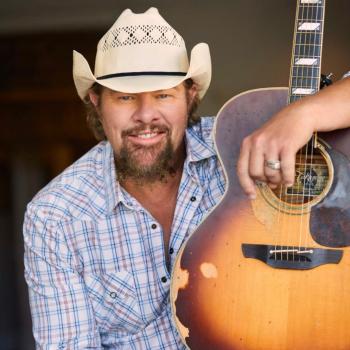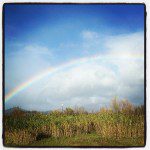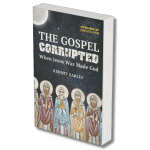The spark for the workshop came from the publication of five books on Texas African American Texas history by Texas Southern University (TSU) professors and alums last year (2013). Desiring to facilitate good teaching and further research on the topic, Karen Kossie-Chernyshev of TSU secured monies, planned, and organized the workshop. Open to K-16 teachers, I qualified due to my teaching responsibilities in our college and prison undergraduate programs. I was honored to be selected to participate in the workshop.
Hosted by TSU and The African American Library Gregory School (both beautiful venues), the workshop consisted of three emphases each day: learning history, doing history, and making history.
I learned quite a bit of history:
- Jesse Esparza gave a stellar overview of African Americans in Early Texas History. Jesse clearly understands the importance of religion in people’s lives, and thus I gained a new colleague with different areas of expertise but overlapping fields of interest.
- Veteran scholar Merline Pitre spoke on the agency and activism of black legislators and voters during Reconstruction in Texas. A good mentor, she included one of her graduate students–and her work–in the presentation.
- Young (and upcoming) scholar Bernadette Pruitt of Sam Houston State University presented on a topic I thought I knew fairly well. Originally from Detroit, Pruitt intended to research the Great Migration of African Americans to the North but realized that project would require a lot of travel funds (something most often in short supply for graduate students). As a result, she chose to research The Other Great Migration: The Movement of Rural African Americans to Houston, 1900-1941. I’m glad she did. Her presentation piqued my interest, leaving me with several questions that likely will be answered in the book, which I hope to review on Anxious Bench in the near future.
- I also learned about the Camp Logan Incident, a wonderful film project on the challenges and successes of the first African Americans to attend Rice University, the work of grassroots Civil Rights activists in protesting segregation at the Texas State Fair, etc.
In addition, I met my goal of sparking research ideas.
- On Day 1, archivist Billy Glasco presented on the growing number of collections at the African American Library at the Gregory School and gave me several ideas for article-sized research projects. (Bonus: The library is located 20 minutes from my office.)
- On Day 2, Director Norma Bean and archivist Gary Chafee, oriented the group to the many on-line resources for researching African American history in Texas. Through trial and error, I could have found most of this information myself, but their hard work streamlined the process, saving me hours of time while sparking research ideas along the way.
- Dorothy Price, a third grade teacher at River Oaks Elementary School, demonstrated the manner in which she folds student-led interviews and song-writing into history projects for her pupils at River Oaks Elementary School. I was inspired to be more creative in my teaching.
- Photographer Marti Corn discussed her four-year project documenting the lives of the citizens of Tamina, originally established as a freedman’s town. Years later, the expansion of The Woodlands threatens generational homes, customs, and history.
- Captain Paul J. Matthews, Executive Director of the Buffalo Soldiers National Museum, gave an engaging presentation that would capture the attention of auditors of any age. (I am now planning a trip to the museum for my own children.)
With the exception of a forced evacuation of one of the buildings we occupied due to a small fire (!), the well-planned workshop ran smoothly, coming off without a hitch. The faculty and staff running the workshop embodied friendliness and hospitality, provided a warmth a bit outside the norm on the regular academic circuit.
Follow Miles on Twitter @msmullin















